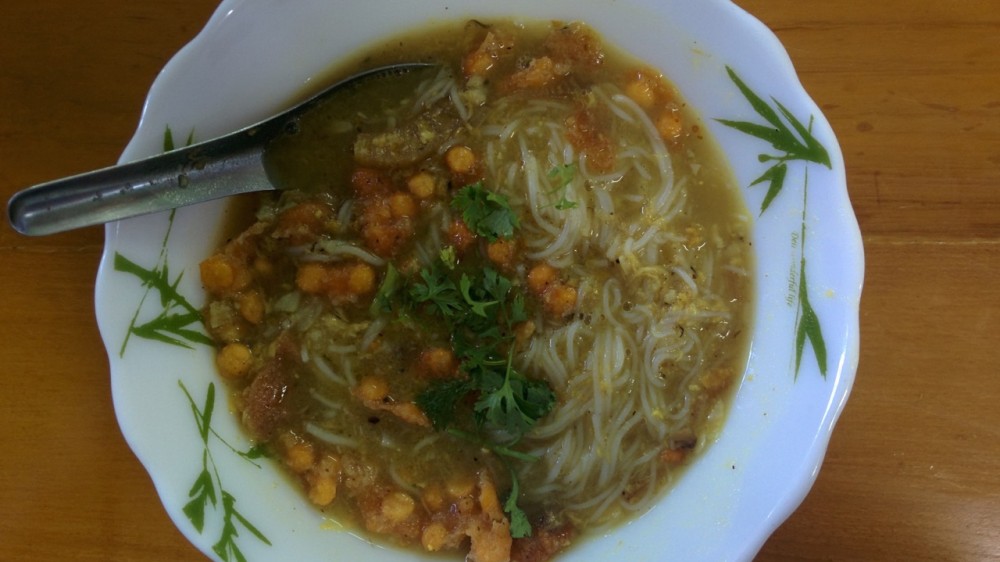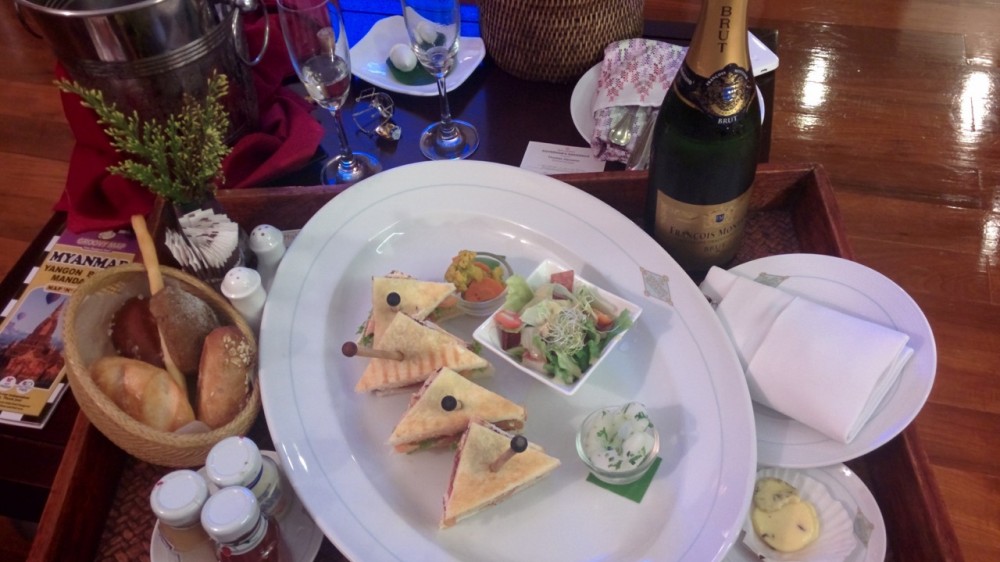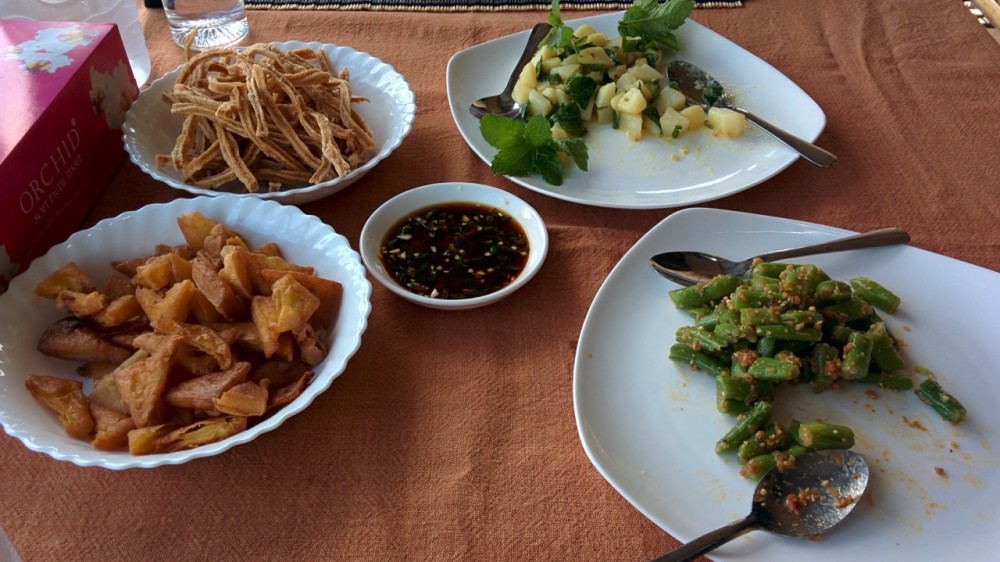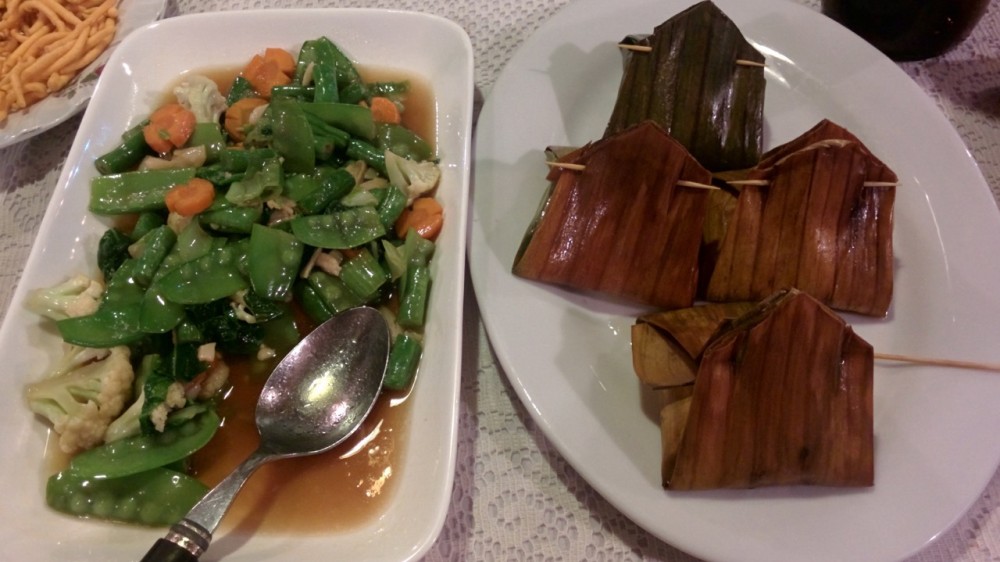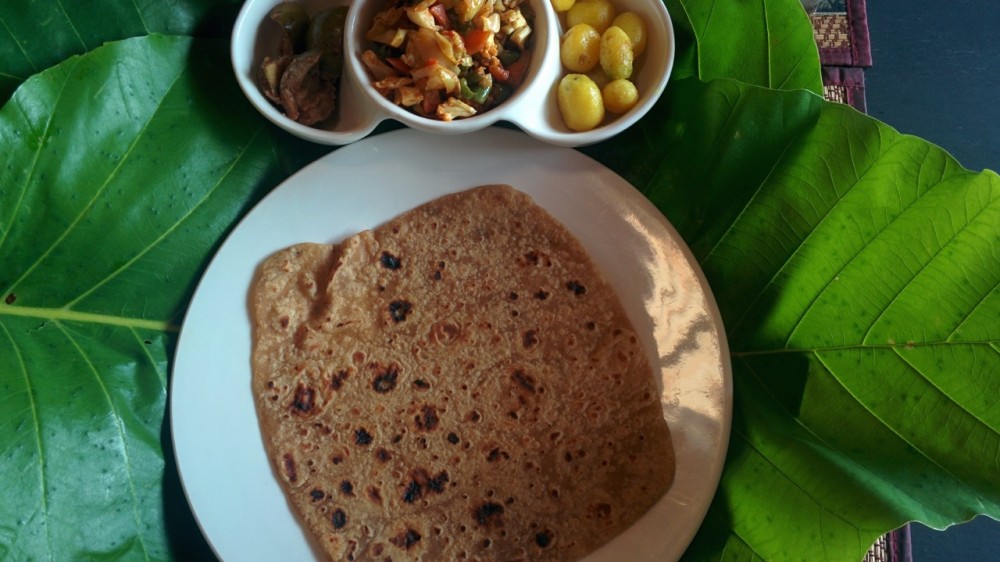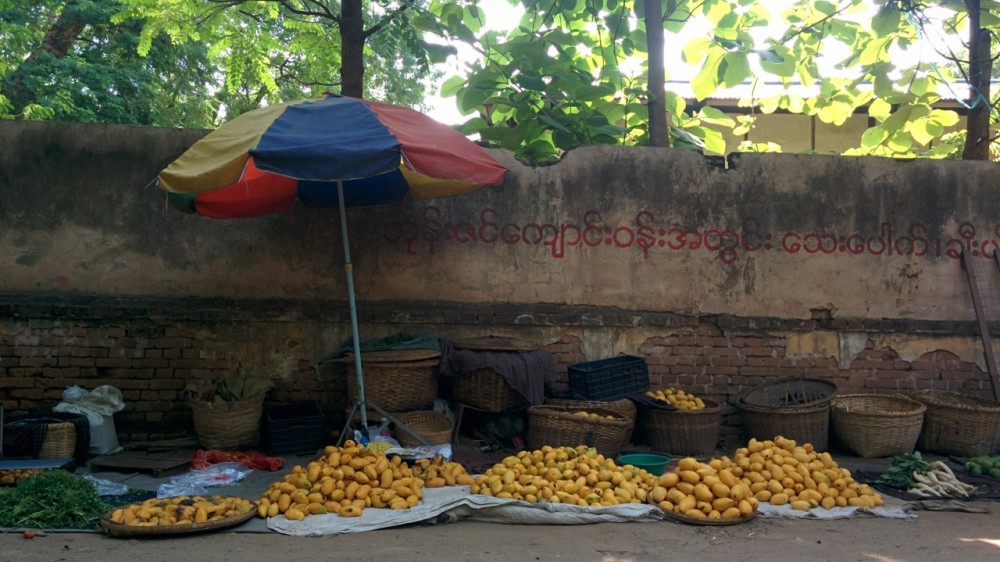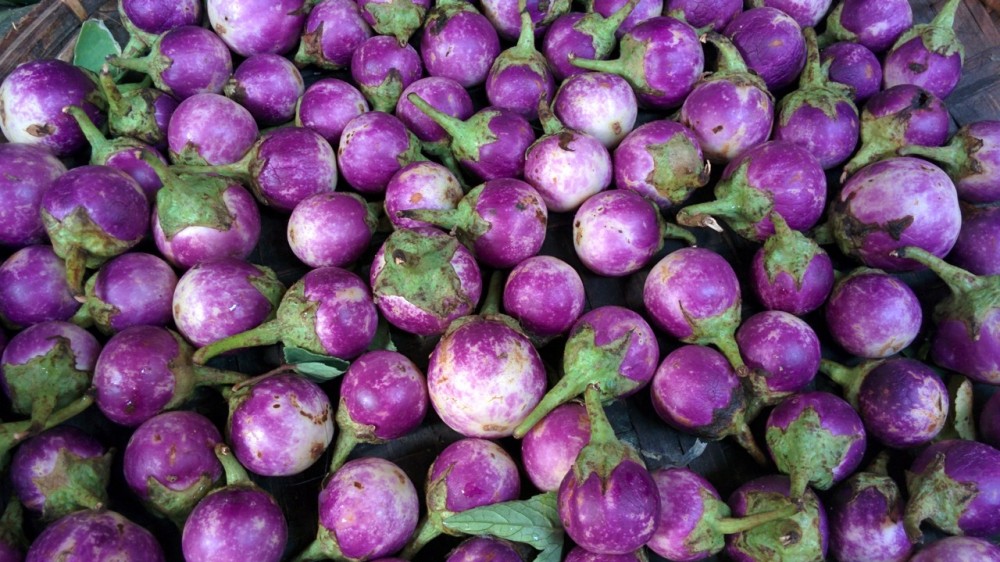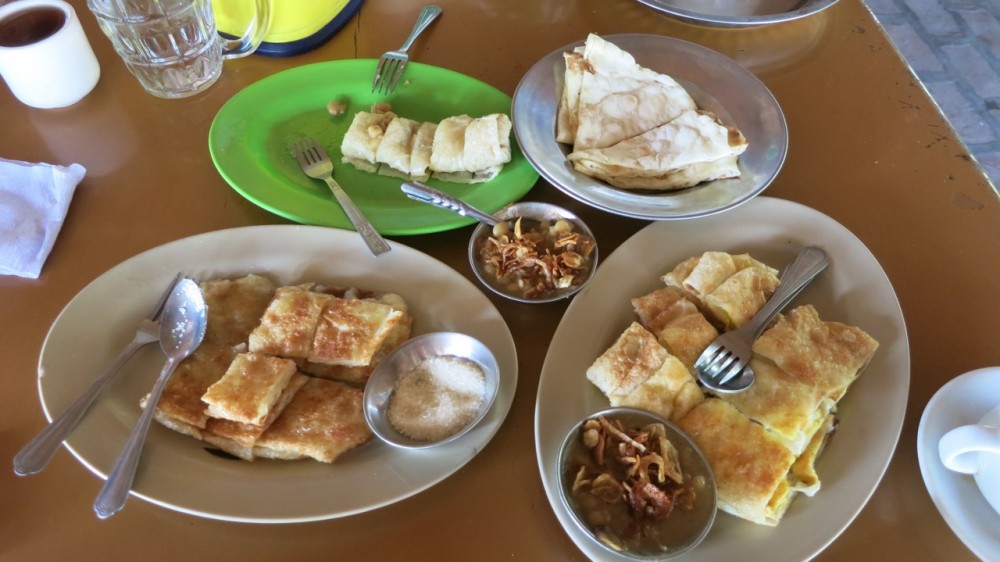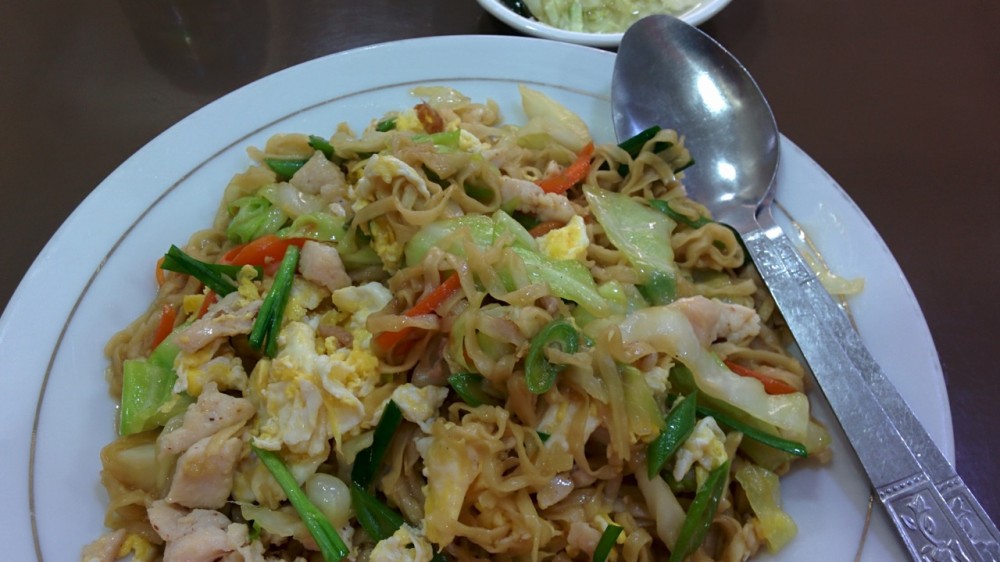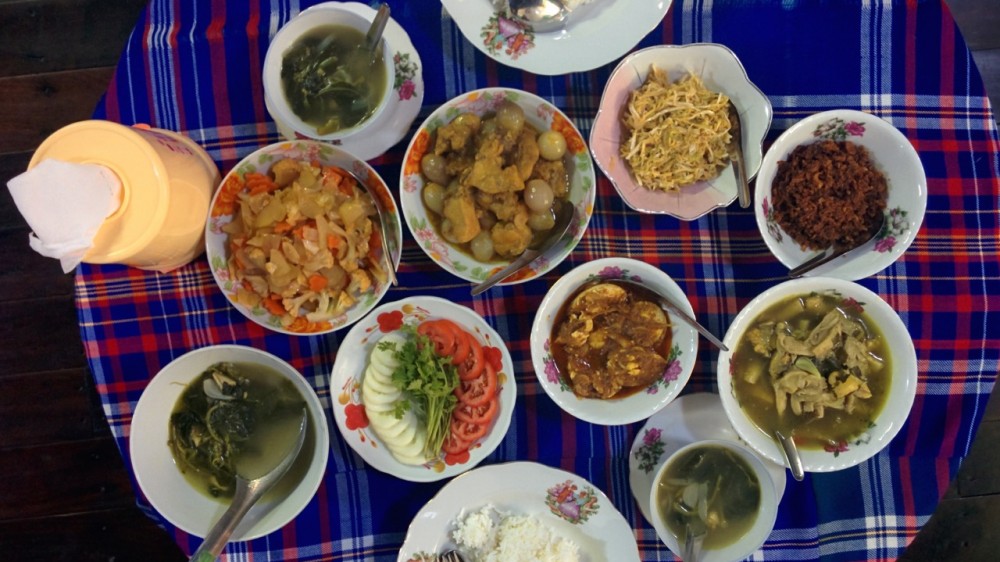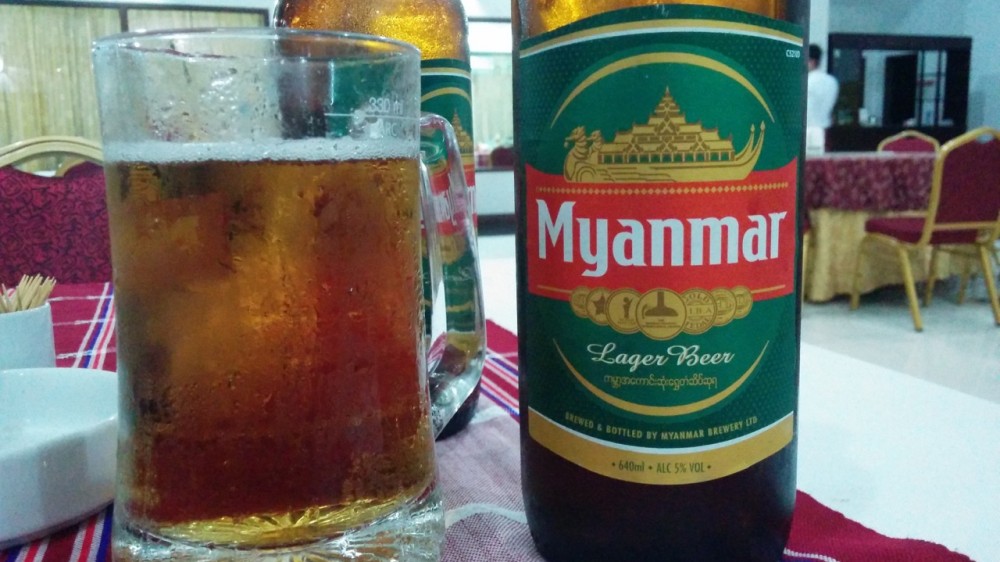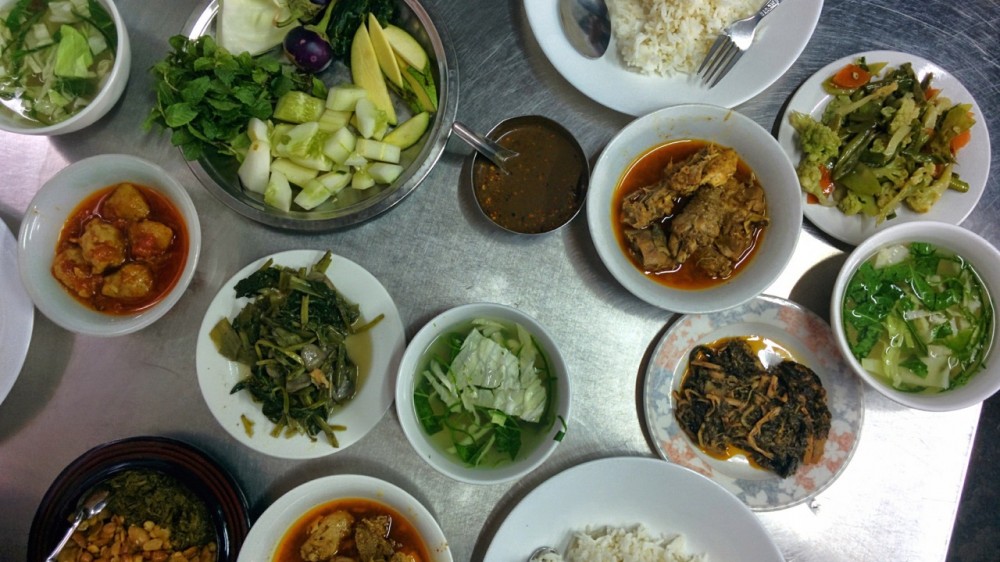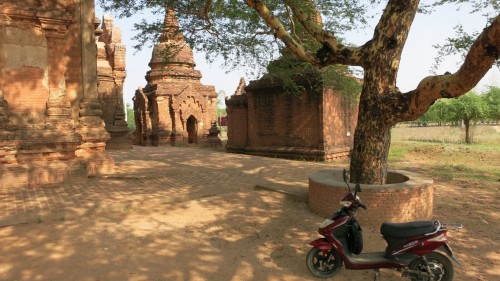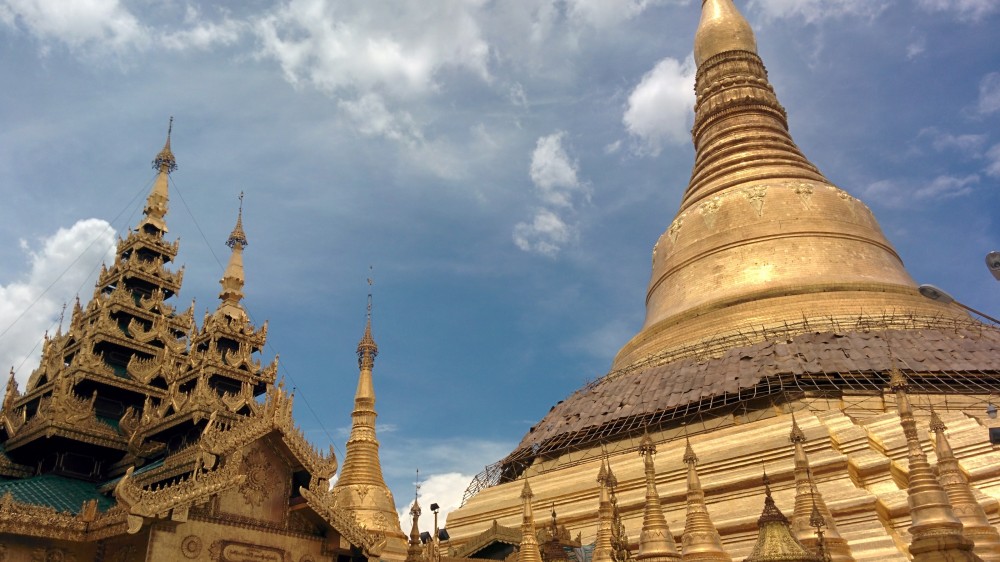Home-Cooked Myanmar
I have to admit I wasn’t expecting much from Burmese food, as I had never been exposed to it before. Suffice it to say, I was completely blown away by the selection, surprising combinations, and rich flavours that were repeatedly put in front of me.
Geography has a lot to do with why Burmese food is so delicious. Nestled between Thailand, China, India and Bangladesh, it pulls in many of the best flavours from each and mixes them up in creative and tasty ways. Thai chilis make regular appearances alongside hearty curries and refreshing salads. Mix in a few Chinese-style stir-fries and you have some epic meal combinations. Here are a few of my favourite dishes:
Mohinga – Traditional breakfast soup. There are many varieties, but all are made with fish and rice noodles and make for a delicious way to start the day.
Jaggery – Raw palm sugar. This is usually found in a little dish on each table, and is great for a sweet treat after a meal. It’s the Burmese equivalent of eating a sugar packet, but I can’t help myself.
Samusas – The Burmese version of samosas, commonly filled with mutton and onions. A common (and delicious) street food.
Kay Suetho – Shan noodles. Served in many different ways, the broth is often tomato based (Inle Lake and its tremendous tomato production are located in Shan State).
Curries – Chicken, beef, fish, mutton, goat, egg, pumpkin, tomato… I could go on, but they were all delicious.
Hin Yeh – Burmese soup. There are countless regional (and personal) variations, but most local meals are served with a small bowl of delicious soup in a light broth.
Fried Tofu – Another Shan specialty, this crispy tofu is dipped in a spicy sauce and is a perfect accompaniment to a cold beer.
Single Diamond Mangoes – In my opinion, these are the best reason to travel during wet season. I don’t think I’m exaggerating when I call them best mangoes on the planet, and they’re perfectly ripe at the end of May and early June.
This list only scratches the surface; there were many incredible dishes, some of which I liked even more, but I was lost in the moment and forgot to ask their names. My best meals were in local homes, where a huge spread of regional ethnic foods were laid out in front of me and I would simply tuck in and enjoy, oblivious to the fact that I would have to talk about them later.
All this is to say that when you visit you will eat well; Burmese cuisine’s variety and flavour do not disappoint. One can only hope that it will catch on, and I will see a Burmese restaurant popping up in Toronto soon.
In honour of the addition of Myanmar to the list of destinations where we plan, The Sounder is featuring posts about the country all week. Check in tomorrow for more planning tips.
